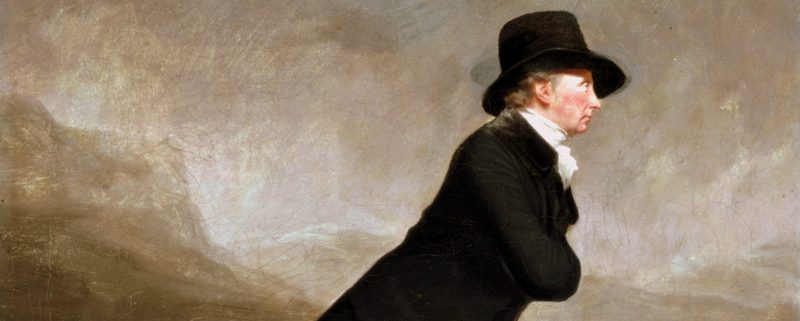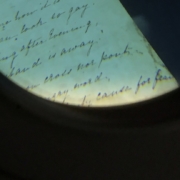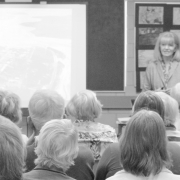The skating minister: how I found a protagonist
This is the story of a protagonist and how he found his way into my imagination.
In late 2014, I had the bare bones of a new book, the themes and basic structure. I had the main characters too, but I still knew very little about them. I was really challenging myself when I suddenly decided to make the main character a man. Would I be able to look at the world through his eyes, think his thoughts and speak for him through the dialogue? How would I get to know him well enough to write convincingly?
On a visit to the National Gallery of Scotland, in Edinburgh, I was blown away by the amazing collection but there was one portrait that I didn’t want to walk away from. The moment I saw ‘the skating minister’ I knew I’d found the man I’d been trying to picture in my imagination for weeks. Everything was right: the subject was the right age, born in the right year, and he was painted in Scotland. I thought about that painting for months and when I looked at it again on the Internet, back at my desk in western Australia, I began to get to know my fictional character better.
I was spending time randomly doing research for the book while I worked on self-publishing and marketing ‘Georgiana Molloy, the Mind That Shines’ and I was still not sure whether or not to start work on a new piece of writing that would keep me busy for at least a year.
In November 2015 Mike and I went to Sydney for a few days and I met with Alex Craig at Picador for the first time, to finalise details of the new publishing contract for ‘Georgiana Molloy’. Right after that meeting, I walked with Mike across the park to the Art Gallery of New South Wales to see an exhibition I’d read about and was really keen to see. It was called, ‘The Greats’ and all I knew was that it included some of the most famous paintings in the world. As we walked into the foyer, I went cold, on the hottest November day in Sydney for twenty years. The skating minster was everywhere around me, on enormous posters, on every display area and on the front cover of the exhibition catalogue. I’d had no idea, until that moment, that all the paintings had been loaned by the National Gallery of Scotland, and that the painting by Sir Henry Raeburn that had captured my imagination had been chosen as the main iconic image.
The Reverend Robert Walker, skating on Duddingston Loch, had followed me from Scotland to Australia and I stood in front of him once again and stared even more closely. I bought his face on a T-shirt, on a bag, on a postcard and even on a case for my glasses.
I knew then, without any doubt, I had to write the story of my fictional David Dennisoun Sinclair. The portrait gave me most of the important characteristics of the man I came to know well over the next two years. He had once studied to become a minister of the church. The black clothes he wore for the rest of his life would contrast well with another main character who dressed very differently. The painting itself gave me one of the most important scenes in the story, too. And there was much more.
While I was writing and redrafting and editing, I looked at the skating minister every day, pinned next to my computer. Writers work in so many different ways and what works for one doesn’t work for another. I know that, for me, a character that has its roots in something real – even just a place, a name, a face – is what makes me want to write. If someone is real to me, they matter.
Reverend Robert Walker skating on Duddingston Loch
Sir Henry Raeburn c1795 Attribution:Henry Raeburn [Public domain], via Wikimedia Commons





